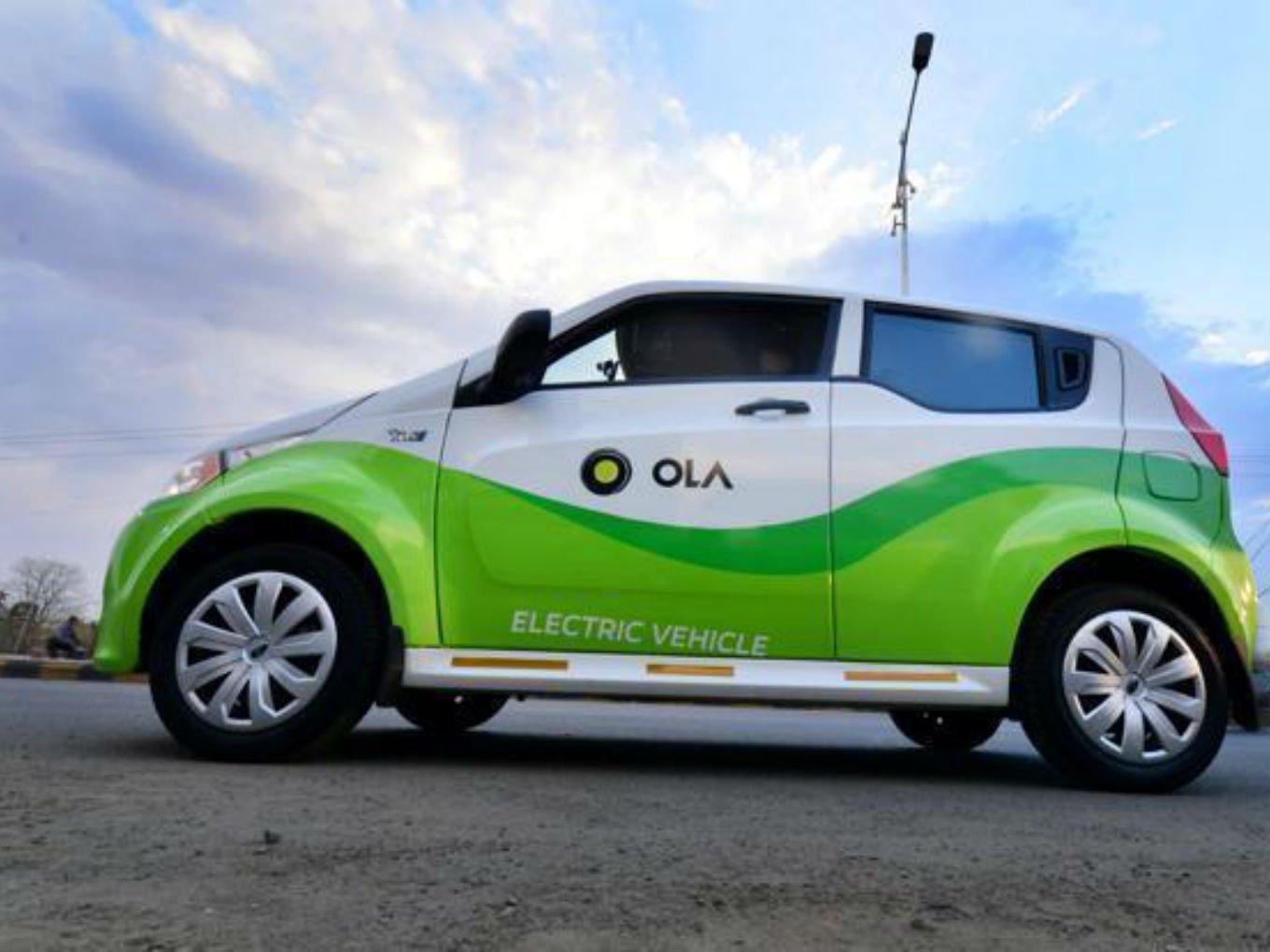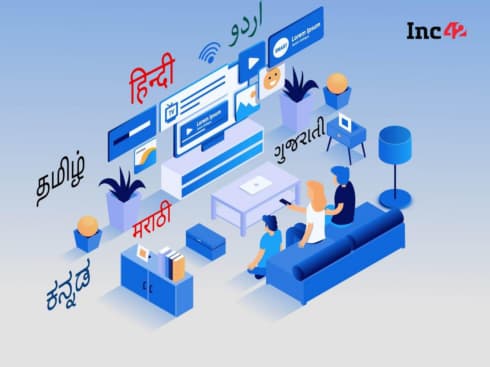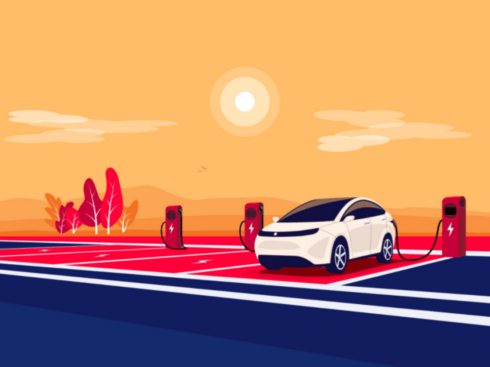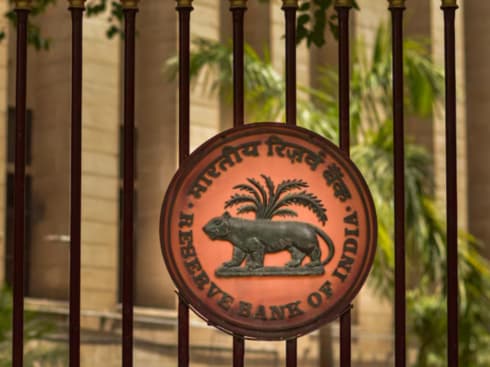
Public and commercial transport EVs may better help in reducing the total cost of ownership
Two-wheelers and three-wheelers will lead the emobility drive in India, Ola report says
Battery swapping can be a reliable charging mechanism for small format vehicles
Cab-aggregator Ola’s policy research and social innovation think-tank Ola Mobility Institute has said that usage-based incentives on electric vehicles by the government will be essential to accelerate innovation, encourage early adopters, enable new business models, and promote low-cost shared mobility services.
In its report titled, Beyond Nagpur: The Promise of Electric Mobility’, the Bengaluru-based company has shared some insights and observations from its first electric vehicle project. The company said that the central government’s goal to attain emobility by 2030 can be achieved only when the incentive provision goes beyond the purchase cost of electric vehicles.
In this study, the company was mainly focussed at experimenting and analysing various scenarios which would help in testing the viability of electric vehicles in India on economic metrics. One of the most important metrics identified in the report is the Total Cost of Ownership or TCO which includes the direct and indirect costs of purchasing, running and maintaining a commercial vehicle over its typical lifetime of four years.
The results have been derived from more than 7.5 Mn Km driven by Ola’s fleet of electric vehicles on various parameters including vehicle performance, customer behaviour, environmental conditions, renewable energy integration, etc.
Key Findings Of OMI Reports
According to the report, the highest proportions of passenger-kilometres are travelled through public and shared vehicles. Moreover, the largest fleets in the country are maintained by government agencies, civic bodies and app-based aggregators.
Therefore, shared, public and commercial transport electric vehicles may better help in reducing the total cost of ownership as opposed to an electric vehicle being used as a personal vehicle.
The report also reiterates the aspect that two-wheelers and three-wheelers will lead the emobility drive in India.
“Small vehicles dominate Indian roads, so any attempt at electrification of the country’s vehicle fleet must address the two and three-wheeler segments,” the report noted.
The results also showed that currently, TCO parity for four-wheelers is far fetched dream and thus other segments should be prioritised for electrification.
“The Nagpur pilot was designed to provide first-hand experience to inform a viable business model for electric vehicles at scale. We are convinced that the growing base of renewable energy combined with sound policy measures to promote high utilization of electric vehicles can make India an exemplar for market-based electric vehicle ecosystem,” said Anand Shah, senior vice president and head of Ola Mobility Institute (OMI).
Solution Suggestions By OMI
A lot of Ola’s findings have been deduced from Ola’s failed electric vehicle project at Nagpur. While the pilot failed within nine months of its launch after the drivers expressed their wish to switch back to conventional cars due to high operating costs, the company gained a perspective on how to move forward in this segment.
According to Ola Mobility Institute, the pilot showed substantial potential for battery swapping as a reliable charging mechanism for small format vehicles. It said that the process of lithium-ion battery swapping increased the available operating time for three wheelers by 25% compared to fixed battery systems, and by 50% when compared to lead-acid battery powered alternatives.
In its reports, Ola has also suggested the use of renewable energy to power electric vehicle infrastructure.
Ola’s Emobility Dreams
Even after facing defeat in the segment, Ola has been bullish towards offering an electric vehicle fleet.
Recently, it has set up an independent company named Ola Electric Mobility Pvt Ltd to power its electric vehicle goals. Ola Electric also raised funding of $56 Mn (INR 400 Cr) from Ola’s early investors, Tiger Global and Matrix India among others.
Earlier in March, Ola is reportedly in talks with Indian automakers for procuring custom made electric and connected vehicles for its own fleet of cabs. These vehicles, currently known as “Special Purpose Vehicles” will be to some extent designed by Ola executives.































 Ad-lite browsing experience
Ad-lite browsing experience